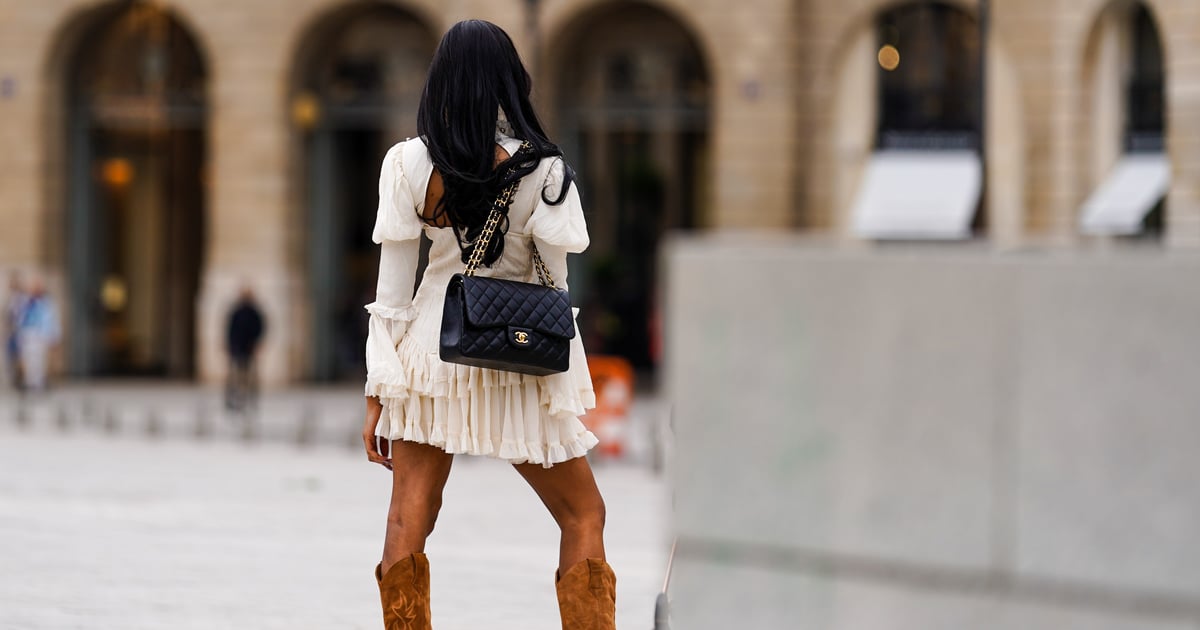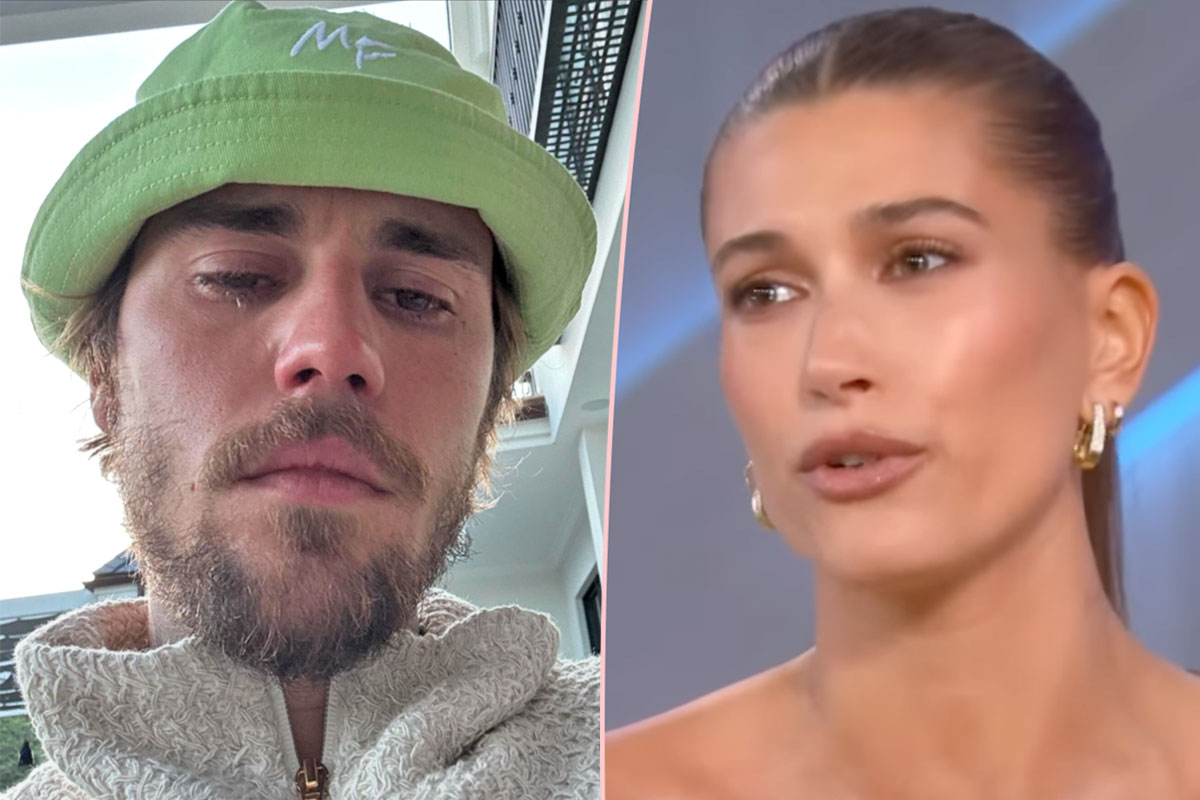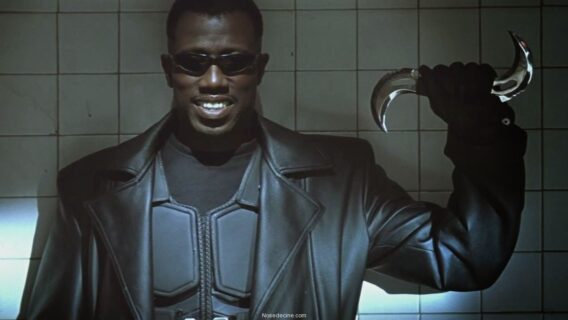
When Blade was released 25 years ago, nobody could have predicted its eventual legacy. No executives could have anticipated a C-tier Marvel Comics character becoming the Godfather of the modern superhero genre, perfectly transitioning from the 80s/90s camp to the grittier, action-oriented style we see today. However, the biggest surprise wasn’t just the film’s relevancy to genre cinema; it was Blade’s impact on BIPOC representation in pop culture as a whole. Though if you would have told 8-year-old me any of this, I wouldn’t have been surprised at all because Blade was everything to that kid.
The film follows the titular Blade, a Ronin-esque vampire hunter on a conquest to destroy as many vampires as possible before they take over society. He’s not only stuck in the middle of the war figuratively, but physiologically as well being the only Daywalker: a half vampire-half human hybrid, or Dhampir for you vampire mythology enthusiasts. While the film doesn’t use this detail to make a profound statement on race, rather leaning into the “chosen one” motif, it’s certainly not a detail that goes unnoticed. There’s a scene where main villain Deacon Frost antagonizes Blade about protecting the humans that fear and don’t accept him which seems to make Blade uncharacteristically upset. When I took notes on this movie for a vulnerable episode of Psychoanalysis: A Horror Therapy Podcast, I got emotional at this part in realizing how much it reflected the emotions I felt growing up.
Also Read: ‘Final Destination’ Meets ‘The Ring’ In This Horrifying Anime
As a young mixed kid that moved around a lot, it was quite easy to feel alienated. When I lived in predominantly white neighborhoods I was teased for being mixed and called things like “mut”. One would think I’d feel more comfortable in more diverse areas, but that wasn’t always the case being light-skinned. I wasn’t Black enough to truly belong, scrutinized for my assumed privilege.
Similar to Blade, I often found myself struggling to be accepted by one group, while battling animosity from the other. I was still learning about racism and had no idea about the concept of colorism. What I did know was how alone I often felt trying to figure it out. Luckily, I had Blade to help me battle my own monsters. I finally found a character to look up to, to emulate. Seeing Wesley Snipes, a Black man, portray the strongest and coolest character in the film altered my young brain simply because I didn’t know we could do that.
There’s something awe-inspiring about the way Blade carries himself as a character, aside from Snipes looking hotter than he’s ever been. With all the trauma, anger, and loneliness inside his heart, Blade consistently remains poised. He’s almost too cool, which leads to a character arc of him embracing both sides of his being to unleash his full potential. Sure Blade is fast and super strong, but his true power is taking a perceived weakness and turning it into a strength.
Also Read: The Arthouse Origins of Wes Craven’s ‘The Last House On The Left’
And I desperately wanted that as a kid, for the thing that made me different to be celebrated rather than ridiculed. I wanted to feel as powerful as Blade was in the face of adversity. Perhaps this is a reason for the film being a gateway horror for me, having the mix of action in there and getting to see Blade vanquish his enemies. Young Me did my best to literally become Blade and feel that power: from the sunglasses & haircut to cutting holes in a black jacket for my weapons. Unfortunately, I didn’t have a sword to vanquish my enemies. But I did have a broken windshield wiper that I used as one while I beat up my friends pretending to be Blade!
While Blade is decently compelling on his own, the character wouldn’t be an action-horror icon without Wesley Snipes’ performance. While the very early casting choice of LL Cool J would have been interesting, there are few actors synonymous with their character like Snipes is with Blade. So much so, that the cinematic version would go on to heavily influence the comics afterward.
Also Read: ‘The Return of the Living Dead’ is a Campy, Comical Depiction of ‘80s Punk Culture
Before Wesley Snipes’ cooler-than-ice take on Blade, the character was a blue-collar vampire hunter created by Marv Wolfman and Gene Colan. In the comics, he wasn’t even half vampire: the Daywalker angle, debatably Blade’s most distinguishable trait, wasn’t introduced until 1999 after the film’s release. His comic appearance was also altered to mirror the leather costuming and samurai-like weaponry of the film.
Snipes would of course champion this role for three films, while also serving as a producer. It can’t be understated the impact of this film being led by a Black man. It’s also worth noting that director Stephen Norrington is not a Black man. However, Norrington isn’t trying to tell a story with Black themes he can’t relate to and it’s still important to highlight filmmakers who use their privilege to provide space for Black actors to tell an empowering story. Norrington could have easily added Black tropes and stereotypes. But instead, he directs the film as he would any other film. Rather than drawing attention to obvious racial themes, Norrington helps deliver a strong Black protagonist simply based on Snipes’ acting talents.
This may not be your typical anniversary analysis, but sometimes things like representation matter more. Things like slick camerawork and impeccable fight choreography weren’t what made this film so special to eight-year-old me (though they are awesome things). What truly struck a chord was seeing a character that was like me: lonely, angry, and resentful of personal traits I should be embracing. Seeing someone face their inner struggles and outer adversity devoid of fear, meant more to me than I ever realized. Every BIPOC kid deserves to see themselves on screen, even if it comes in the form of a brutal vampire hunter slicing up ghouls in a black leather trench coat.
Categorized: Editorials





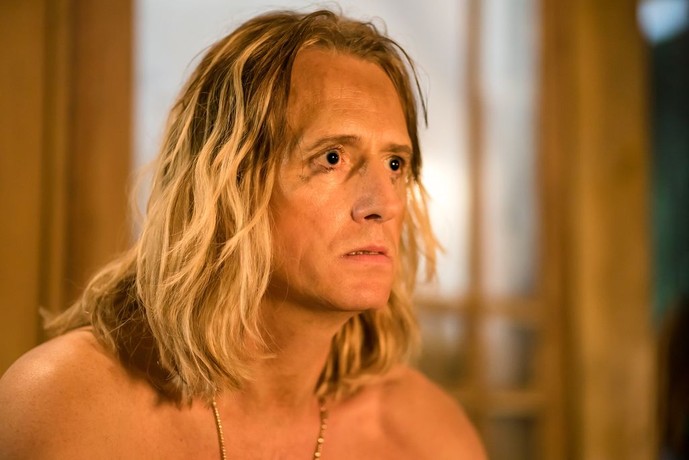
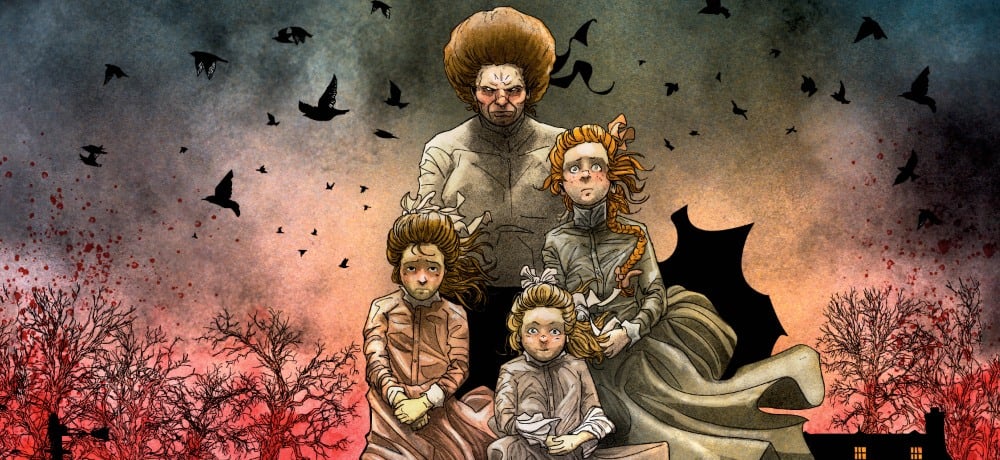
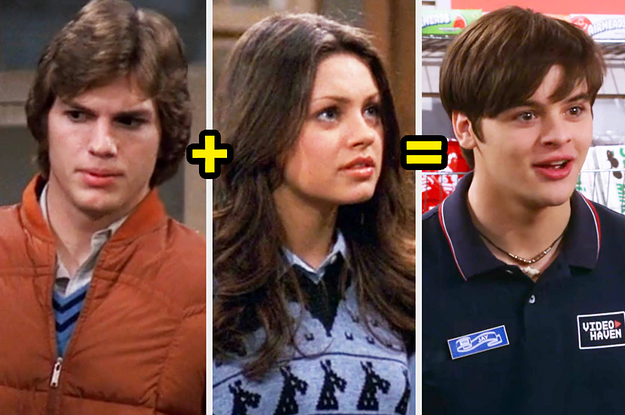
:quality(85):upscale()/2023/08/18/976/n/1922564/6dcee8e364dff02b9c8987.67516181_.jpg)






![‘Cherry Falls’ is a Clever Take on Horror Clichés [The Rabid Dog’s House] ‘Cherry Falls’ is a Clever Take on Horror Clichés [The Rabid Dog’s House]](https://www.wickedhorror.com/wp-content/uploads/2024/12/Cherry-Falls-Brittany-Murphy-Cliche-Cover.png)




